Without a doubt, the fill valve is one of the most important components of a toilet. It controls the water flow that fills the tank. When the tank is empty, it restarts the filling process. In addition, it prevents water from overflowing the tank when it reaches a certain level. So, more than a simple valve, a toilet fill valve is also a safety device.
Many people are unaware that there are different types of toilet fill valves available. Some of the are more complex than others. Although they all follow the same principle, each one uses different mechanisms to control water flow.
If you want to know how the fill valve of your toilet works and get familiar with their types, you’re in the right place!
5 Different Types of Toilet Fill Valves to Choose From
1. Ballcock Fill Valve
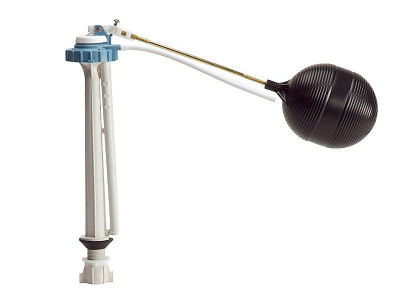
They’re also known as plunger or piston fill valves and are the most common of all. They’re usually made of metal. These valves use a straight tube to release water and a plunger stem actuated by a floating ball.
When the tank is empty, the floating ball lowers and opens the valve. Then, when the water reaches the maximum level, the floating ball rises and closes the valve. These valves are more appropriate for old toilet models, where the water input is at the base of the tank.
Although still common in the market, ballcock fill valves are outdated and don’t comply with most modern plumbing codes.
2. Float-cup Fill Valve
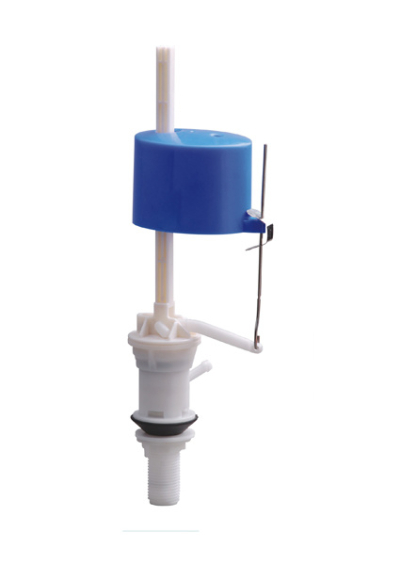
Float cup valves were developed during the 50’s. Instead of a floating ball attached to a metal arm, these devices use a floating cup.
The cup moves on a straight tube while the water level changes. A metal spring connects the floating cup with a metal actuating rod.
You can easily control the maximum water level of the tank by varying the length of the spring. This type of fill valve is very popular and is an excellent low-cost replacement for obsolete ballcock fill valves.
Some models allow varying the length of the plastic tube, to adapt to different tank sizes.
3. Floatless Fill Valves
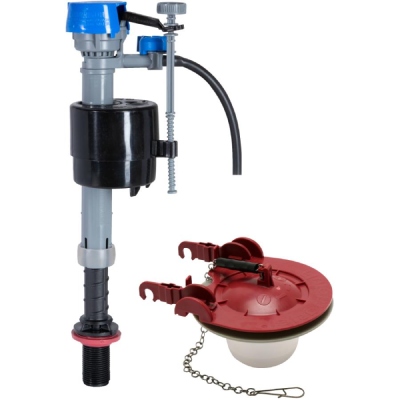
Floatless fill valves don’t require a floating ball to work. They were developed during the 90’s, as a new alternative for low flow toilets.
Floatless fill valves use a pressure sensitive diaphragm. When the pressure reaches its maximum level, the valve closes.
They’re usually made of plastic and are very cheap. Despite their low cost, floatless fill valves are popular for their high reliability. Like ballcock fill valves, these devices are connected to the base of the tank.
4. Metal Diaphragm Fill Valve
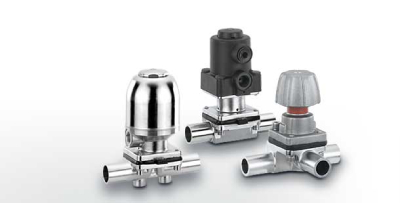
Metal diaphragm fill valves are very similar to piston fill valves. However, they’re anti-siphon. Instead of a plunger stem, these devices use a diaphragm actuated by a floating ball.
These fill valves are usually made of cast brass and tend to rust over time. When this happens, the metal arm tends to get stuck, leaving the floating ball in the same position.
5. Plastic Diaphragm Fill Valve
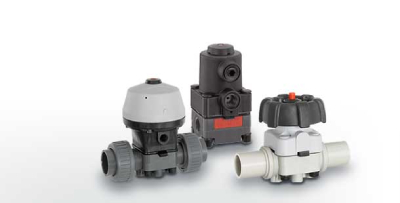
Instead of cast brass, these valves are made of PVC. This material is durable and moisture resistant. Also, it doesn’t rust like metal fill valves. So, you won’t have to worry about stuck floating balls due to rust.
These are common in today’s popular toilet repair kit packages. However, PVC tends to weaken when exposed to chlorinated water.
If the plastic body of the valve isn’t thick enough, it will break with excessive water pressure.
When Is It Convenient to Replace the Toilet Fill Valve?
Toilet fill valves have a limited service life. Over time, the valve loses its ability to stop the water flow. Also, certain parts tend to wear out and break.
If you have a tankless toilet, you’d need to be extra careful about fill valves. Usually, there are certain warning signs that tell you when it’s time to change the valve. These are some of them:
- An annoying noise that intensifies over time.
- The water flow inside the tank never stops.
- You can’t fix the problem after various adjustments.
Conclusion
As you can see, not all toilet fill valves work the same way. Also, not all are suitable for any kind of toilet. So, be careful the next time you buy a new fill valve. Make sure to choose the right model that better fits your toilet tank.
FAQs
Q. 1: Do all toilet fill valves work the same way?
Ans: No. There are at least five different types of toilet fill valves with different mechanisms to control the water flow inside the tank.
Q. 2: What is the best toilet fill valve?
Ans: It all depends on the size and type of toilet you have. However, floatless fill valves are the most efficient, because they help reduce water consumption in each flush.
Q. 3: How does a toilet fill valve work?
Ans: Most of these devices use a pivoting switch that opens or closes the valve when the water level inside the tank varies.
Q. 4: What is the average price of replacing a toilet fill valve?
Ans: Usually, the average cost of replacing a toilet fill valve is around $275.
Q. 5: When is it convenient to replace a fill valve?
Ans: You should replace your fill valve as soon as the first signs of deterioration begin to appear.

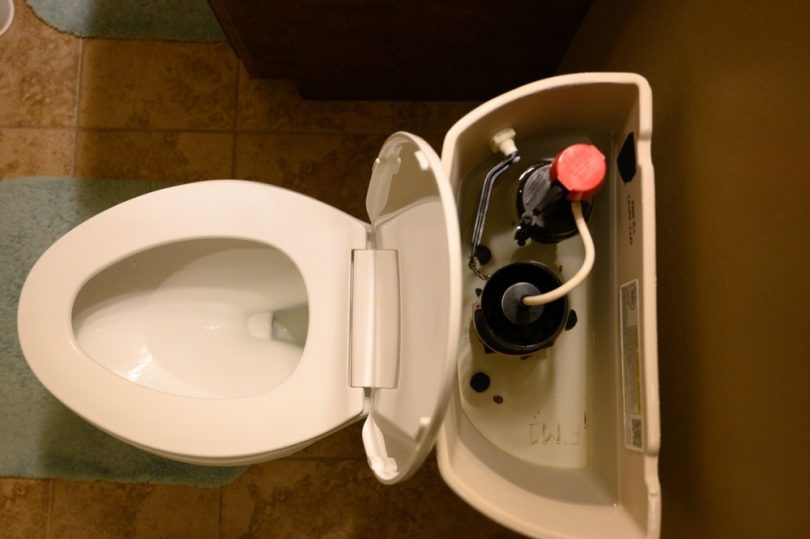






Leave a Comment